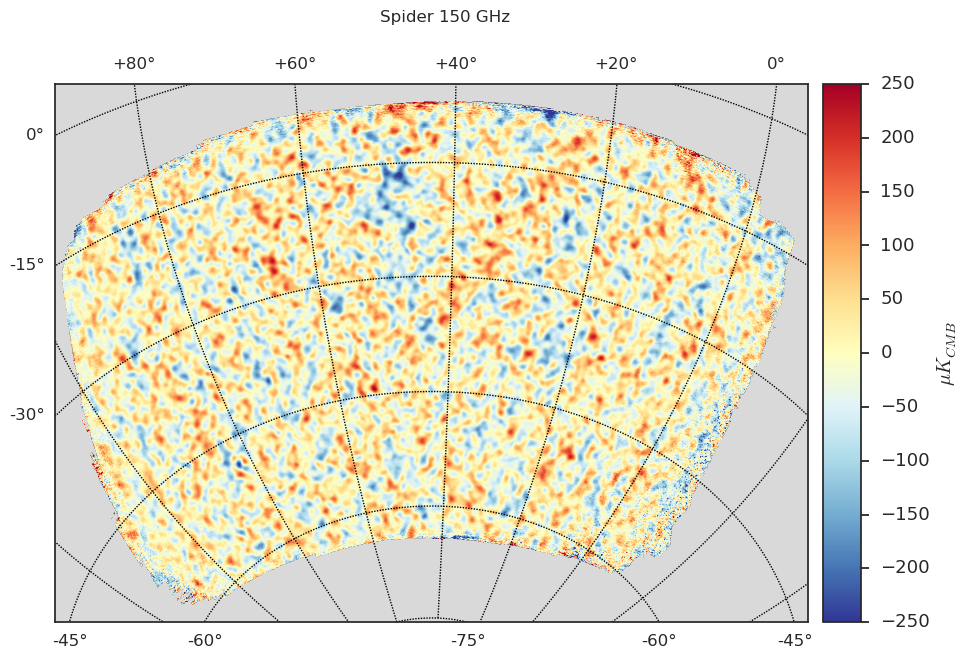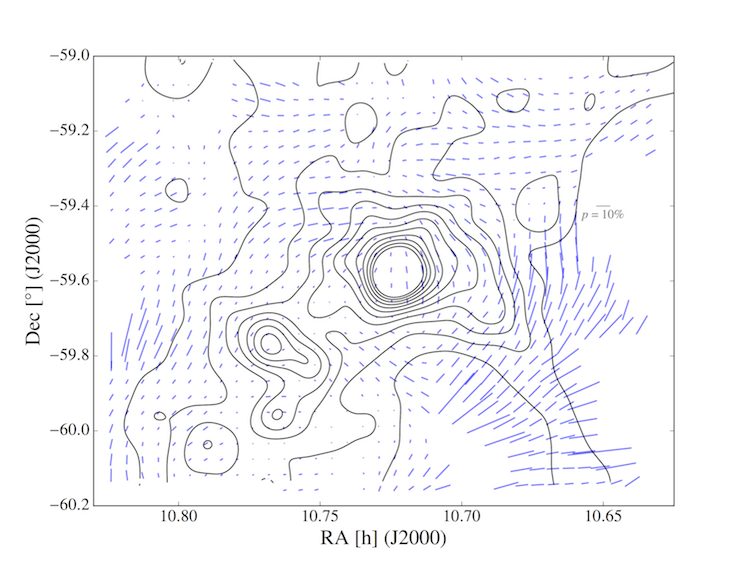A background of primordial gravitational waves, if present at the time of last scattering, would leave an imprint in the form of a B-mode polarization pattern in the Cosmic Microwave Background (CMB) radiation. Detection of these waves would constitute the first direct evidence of quantum gravitational effects in the early universe, probing fundamental physics at energy scales far higher than what can be investigated in terrestrial laboratories. Furthermore, these gravitational waves are predicted to have been produced by inflation. Interpreted within the inflationary paradigm, observations of the B-mode polarization can be used to measure the tensor-to-scalar ratio, r, or to set a tight enough upper limit on it to usefully-constrain inflation models.
As a result of the profound significance such a detection would hold, the experimental search for primordial B-modes from inflation is proceeding apace! SPIDER is an ambitious balloon-borne CMB polarimeter consisting of six monochromatic, refracting telescopes, sensitive to degree angular scales. The telescopes have a stepped half-wave plate at each aperture, allowing the linear polarization of the sky signal to be modulated without varying instrumental polarization. The telescopes are entirely enclosed within and cooled by a large (~1300 L) liquid helium cryostat with a nominal hold time of 20 days. At the focal plane of each receiver is a large-format array of antenna-coupled, transition edge sensor (TES) bolometers. The detectors are fabricated with low thermal conductances (G) to take advantage of the low atmospheric loading in the stratospheric environment, giving the instrument a greater sensitivity per bolometer than ground-based arrays.

The SPIDER experiment hangs from the launch vehicle in Antarctica
SPIDER had its first successful 16-day flight around Antarctica in January 2015, observing from an average altitude of 35.5 km. Verifying a detection of cosmological B-modes requires 1) verifying the statistical isotropy of the signal using a large sky fraction to check many sub-regions, 2) verifying the form of the Cℓ angular power spectrum using many uncorrelated ℓ-bins, and 3) verifying the EM frequency spectrum, in order to distinguish the signal from astrophysical foregrounds. In this regard, SPIDER occupies a favourable niche, benefitting from the large angular coverage and the access to higher frequency bands afforded by a stratospheric balloon platform. Indeed, the first flight has produced a ~4500 sq. deg (12% sky fraction) map of the Southern sky at 150 GHz and 94 GHz, and achieved overall instrumental sensitivites (NETs) of ~6 μK·√s and ~7 μK·√s, respectively in each of those bands. A second flight, scheduled for the 2017-2018 austral summer, will see the addition of a 285 GHz band, allowing a better characterization of polarized Galactic dust foreground emission.

SPIDER 150 GHz CMB temperature map (equatorial coordinates)
As a graduate student, I carried out some of the systems engineering that enabled the payload to function completely autonomously in the stratosphere. In particular, I worked on the flight power systems, and on all aspects of the pointing control system, including azimuth and elevation drive motors, actuators, electronics, and control software. I also developed an observing strategy for CMB observations that allowed for good cross-linking and even coverage in declination. I am currently participating in analysis of data from the first flight.

